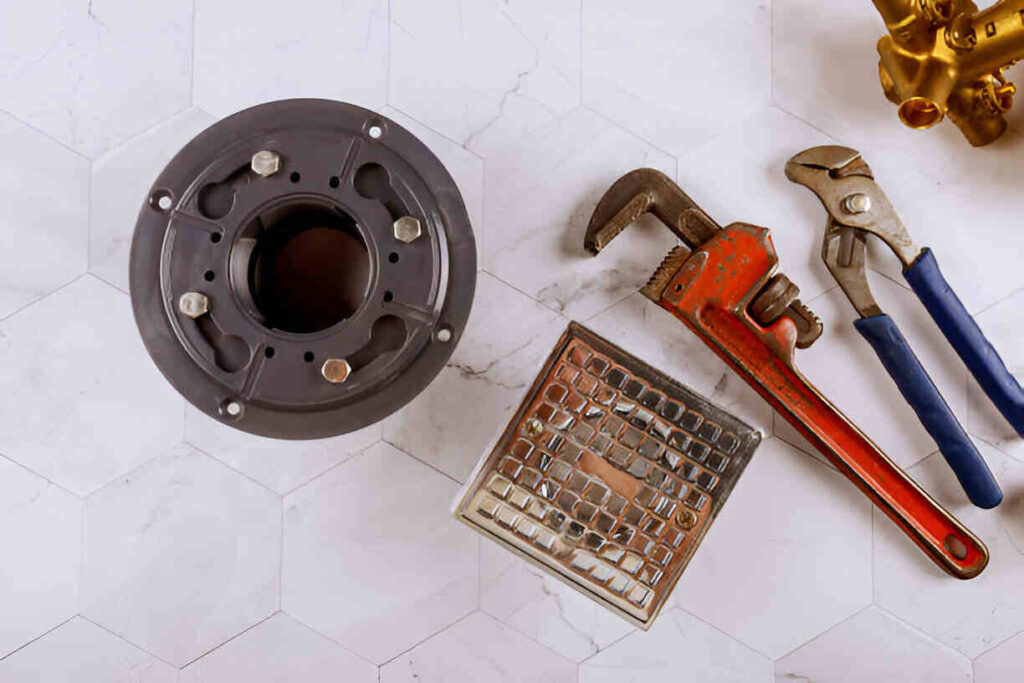Plumbing Cleanout Cover Maintenance for a Healthy Drain System

Plumbing Cleanout Cover Maintenance for a Healthy Drain System Clean out your plumbing cleanout cover. It’s one of the easiest and best things you can do to keep your home’s drainage system healthy. Clogs can be fixed quickly if you take care of your plumbing cleanout. This will save you money on fixes and leaks. The best ways to make sure your drain system lasts a long time are explained in this guide. Cleanout cover care is essential, and this guide will show you how to do it. Why Plumbing Cleanout Covers Matter Seal Out Blockages: Covers keep dirt, leaves, and other things from getting into the point where you can clean out. Block Sewer Odours: Unpleasant fumes are less likely to get into your home if the cover is tight. Protect Shift-Prone Caps: Covers are great because they keep the cap in place, so it doesn’t fall off by chance. Pest Defence: Rats and bugs won’t be able to get into your pipes if you seal the cleanouts. It is important to keep your cleanout cover in good shape to avoid jams, bad smells, and costly fixes. For more insights on proper maintenance, check out Plumbing Cleanout 101 to understand the basics of keeping your system efficient. Anatomy of a Cleanout Assembly Cleanout Cover (Cap) – Keeps people from getting to the cleanout and holds smells in. Cleanout Tee or Plug – Placed in key drainage areas to make them easy to get to. Branch & Main Sewer Lines – This feature moves garbage away from your home. How to Maintain Your Cleanout Cover Locate the Cleanout Most of the time, you can find them in basements, next to sewer lines, or near foundation walls. Remove & Inspect the Cover Use a wrench or other tools to loosen the screws. Check for rust, cracks, or seals that are too tight and need to be fixed. Clean the Threads & Reseal To clean it, use a rag or a wire brush. Use waterproof thread seal tape to make sure the link is safe and won’t leak. Reattach Securely Use screws to close the cover, but don’t make them too tight. Don’t take the threads off. Inspect Periodically Every six to twelve months or whenever there are clogs, check the cap and the area next to it. Common Issues & How to Fix Them Issue Cause Fix Recommendation Loose Cap Vibration or bad thread Reapply seal tape and tighten cap Damaged Cap Corrosion, wear, root growth Replace with PVC or cast-iron cap Sewer Odors Damp seals, poor fit Clean threads, reseal, and recheck cap When to Replace Your Cleanout Cover Cracks, rust, or other defects that can be seen The garbage smells keep coming back even after the store is closed. Covers being lost or broken. Pick choices that meet building codes and are made of metal or PVC to last. Final Thoughts For your drains to stay healthy and small, you need a pipe cleaning cover. It should also not smell bad. If you clean, reseal, and fix your pipes regularly, you can avoid big plumbing problems. Make sure your Plumbing Vent Pipe is also checked and maintained properly, as it helps regulate air pressure in your drainage system and prevents foul odors. If you take care of your cleanup cover now, you’ll save a lot of money later on. Frequently Asked Questions (FAQ) Q: How frequently should I inspect the plumbing cleanout cover? A: Ideally, you should do this at least once a year, and more often if you keep having drain issues. Q: Sewage overflow may result from an inadequate cleanout cover. A: Indirectly, if the cover lets garbage in, it could stop the sewer line and make it harder to drain. Q: What are the most suitable materials for removal covers? A: Metals that are corrosion-resistant and made for underground use, such as PVC. Q: Is it advisable to dismantle a cleanout cover independently? A: Yes, but be careful and stay away from the area, as sewage or water under pressure could leak out. Reference Understanding Plumbing Cleanouts